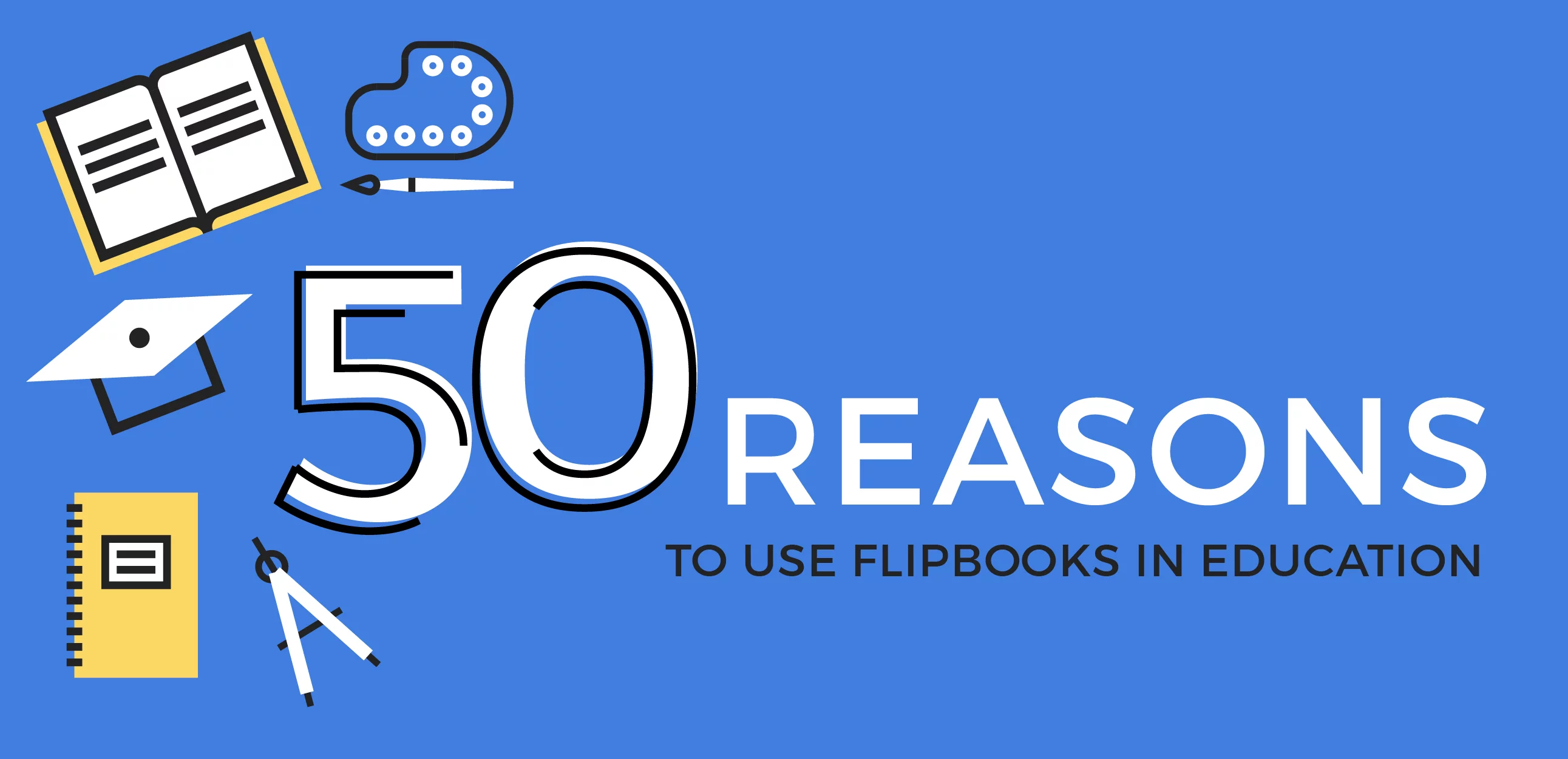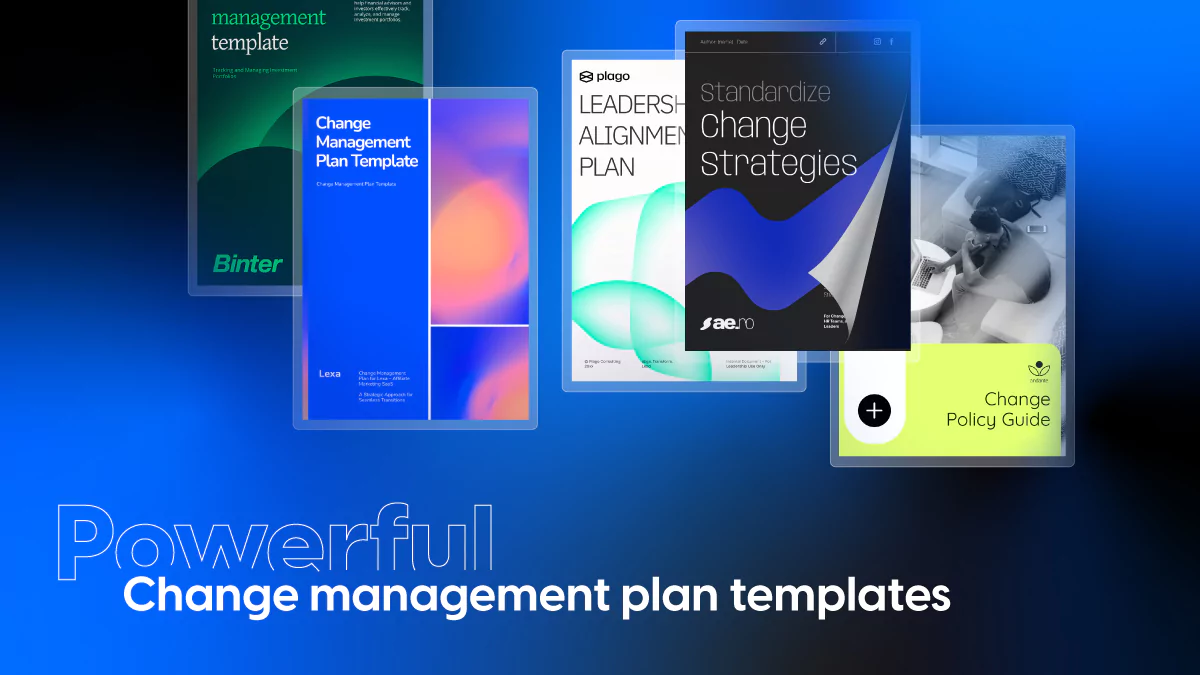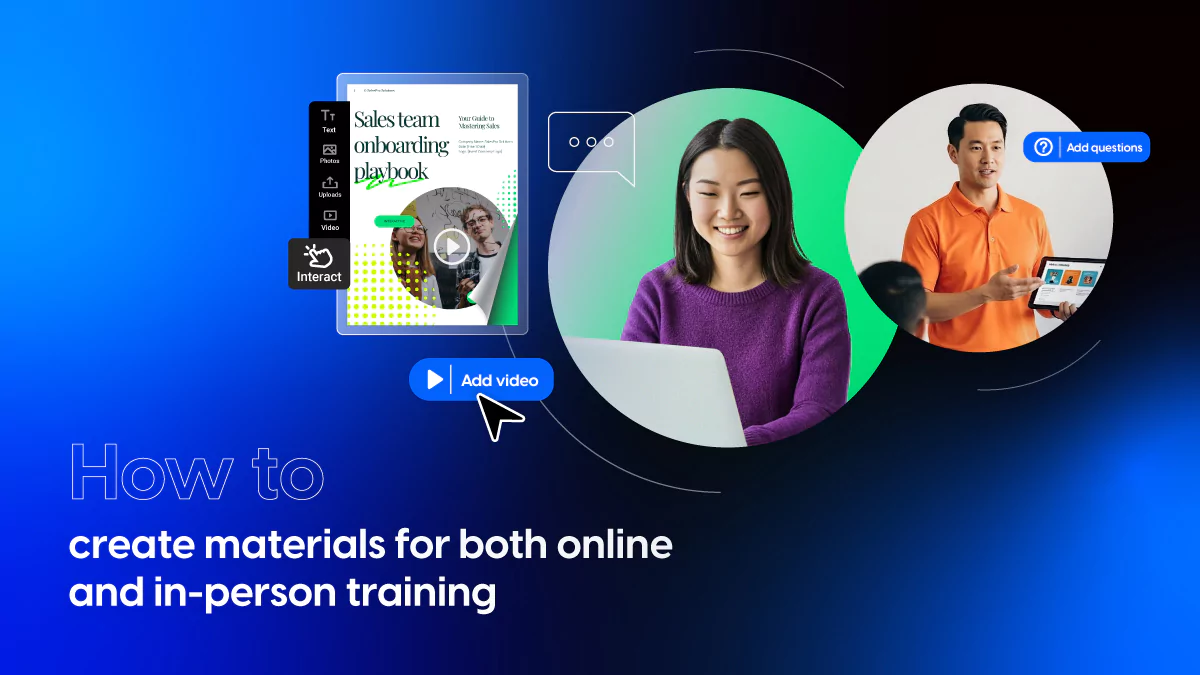50 reasons to use flipbooks in education
7 years ago when I was still in high-school, I had a teacher who never asked us to write anything down. Of course, his approach was blamed by a lot of other teachers, but his theory was that if you focus on anything else (writing) other than his explanations, you are losing precious time. So he would always send us the presentation at the end of each lesson.
Nowadays, this scenario is encountered more often, but there are still teachers who are reticent when it comes to the use of technology in education. Here are our top 50 reasons why you should consider adding flipbooks and other digital material in your teaching technique.
1. Aspect
Let’s take the obvious out of the way and sing it out loud! Flipbooks, catalogs, and all sorts of interactive materials will add the perfect twist to your overall aspect. We can all agree that technology helps teaching materials be more visually appealing and engaging.
2. Keeping track
Administrating all school related material can be hard, especially if you are working with older students. A handful of classes, projects, the syllabus, catalogs and many others will keep you busy and by the time you reach the end of your semester you probably have the impression that it’s all starting to get out of control. Not anymore!
3. Better access
Remember the days in which students had to base their studying in regards to the library’s hours, as well as keeping track of courses and seminars. Using digital flipbooks will put a turn to this because students have a better access to materials.
4. Adapting
The same subject can be presented in tons of different ways. Why do that? Because you may have classes who respond better to different techniques of teaching. Watch your students and see how they respond to different approaches. Personalize your courses to your students and their way of thinking. After all, we all want the same thing, better performance.
5.Easy to handle
Most teachers are reticent to adding digital material to their courses because they are reticent to change. They think it requires a lot of preparation and you need tons of devices, cables, and technology to have it work properly when it’s actually not true. A laptop and projector would do just fine for your class.
6. Imagination
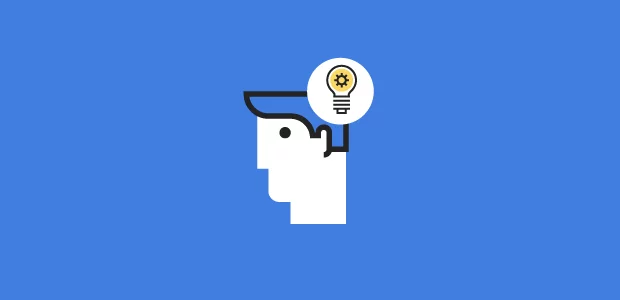
Adding a little fun to your presentations never hurt anybody. Use your imagination in order to make flipbooks more creative and original, while presenting them to the class can put a different spin on the outcome of the lecture.
7. Topic generator
Flipbooks can actually be shared via email, conferencing software, or any other kind of online platforms that can generate later discussions or debates on classroom topics. This can stimulate students to get more informed while it can help shy students get involved in the discussions without public speaking difficulties.
8. Cite sources
Using digital material means you can forget about citing sources in footnotes. You can simply link the source right in the material, or even ad print screens or videos in your flipbook. This way, students (or other teachers, why not) can even check the source directly, in interested.
9. Reverse learning
Take advantage of the fact that digital materials can help you prepare your students in advance. A great teaching technique, called flipped classroom implies for you to offer content before the class, in order for students to be able to form an opinion about the topic. This technique will work well when the approached subject is a vast one, and in order to be a part of the discussion, you need a level of knowledge.
10. Follow-up
Keeping a portfolio with everyone’s performances can help you keep track of each one’s learning journey, can help you and the student as well, especially in the long run.
11. Communication
Being part of a community is typical for a professor, especially if this means being part of the teachers association. Flipbooks can be used not only for classroom teaching but as well within the community. Teachers can build their own materials and pass them around.
12. Archives
Whether you are on one side of the classroom or the other, you probably understand the difficulty of keeping everything stored and organized. Especially if you want to check on some materials used a while ago. Using digital material will save you time and energy and offer you the option of storing things on the cloud.
13. The flip effect

Using flipbooks in and out of the classroom can give your lesson that extra something special. Don’t be afraid to add effects and interactive elements. The flipping effect can actually ad that additional impact, while still keeping the memory of print alive.
14. Privacy
In a school digital environment, the teacher is the one that should have all the control, regarding who can see what, and who can have access to a certain material. Sharing flipbooks securely online will be as safe as possible.
15. Prepare for life
In a technology-driven world, you simply can’t just ignore it. If you approach learning in the way that they are already used to think and work, they will accept your method way easier. Also, this can prepare them for real life, having a massive impact on their memory of recall as well as on their ability to adapt to different learning styles.
16. Efficiency
Using technology will not only reduce the time spent on creating the materials but actually improve the efficiency regarding feedback, access to information and reviewing any mistakes or misunderstandings.
17. Multiple learning
Both the process of creating, as well as learning from and with flipbooks stimulate and improve different aspects of the learning process. Quick recall, visuals, and audio at the same time.
18. Pace
Every person is different, and that means that everyone responds differently to different learning techniques. Some like to color the keywords, some like to write down ideas. Also, our pace is distinct. The pressure of learning at somebody else’s pace is gone.
19. Trending
Digital learning is part of the new era. This modern approach has been proven effective time and time again. Various studies say it and a lot of people claim this. So why not give it a try yourself too? Because of new and modern equal improvement.
20. Interactivity

Did you ever think of the reason why the digital world has taken such a big turn? It is because technology makes people become more interactive by using interactive materials. For example, PDF files can be turned into interactive documents. People can initiate talks over different subject or materials and they are not limited by location.
21. Anytime, anywhere
Traditional classes mean learning during courses and taking notes for further reference. Using animated digital flipbooks allows both students and teachers to access the material anytime or anywhere in the world. This not only gives people flexibility but also encourages students to pursue a career earlier in life.
22. Facility
Digital learning techniques help professors ease their job by allowing them to add comments to the lecture, explanations or additional information. This way, you can help students recall discussions about the topic, or save them time avoiding the back and forth question – answer talk.
23. Spread
Technology is spreading more and more every day. And if 10 years ago, having a student be part of the lecture while being away was fantasy, today it is possible. Flipbooks give students the opportunity to follow different courses and teachers at the same time, allowing them to work extra as they please.
24. Worldwide
Digital platforms allow students and teachers to spread their work worldwide. This gives them the opportunity to interact and engage in richer teaching experiences, and exchange opinions without boundaries.
25. Improvement
Having access to the latest information allows teachers to offer the best and most up to date information there is. In the digital world, word spreads quickly and information as well. Information means power and the digital way is the easiest way to be updated.
26. Constant development
Being up to date with the latest information means, always improving your content. Digital materials give writers the possibility of editing even after a flipbook is published.
27. Time

We all know how time is a very delicate thing nowadays. Working with flipbooks can help improve time management. While the creations of material are simplified, adapting it and checking it online is just a couple of click away.
28. Collaboration
Working with flipbooks can help students improve their collaborative skills. They can work together on projects or discuss class materials and not only.
29. Constructive knowledge
Putting all class materials at their disposal makes students have the control over their learning process. Also, it gives them the chance to choose the time and place of learning as well as encourages them to look into and access additional information.
30. Take responsibility
Having students take responsibility for their own learning process prepares them for life. It also forms them for further practicing responsibility in other activities and aspects of life. This will also prepare them for a better performance in college, as the system is a lot more individual in that case.
31. Attitude
Outdated teaching techniques offered students limited amounts of information and limited alternative sources. Using flipbooks in education can help students get more involved in the process and encourage them to have a “get things done” type of attitude.
32. Communication skills
Think about this. Working together on projects while continuing to check for feedback with the teacher will definitely improve their communication skills from a younger age. This way they will become more assertive while also better their listening know-how.
33. Performance
Remember when you were young and you were working on a project for school. You wrote down the instructions on your notebook, and then got home and didn’t understand the instructions at all. This is part of the past. Using flipbooks you can constantly check for reviews, and then adapt and evaluate your work while in progress. This will result in better performance.
34. Writing skills
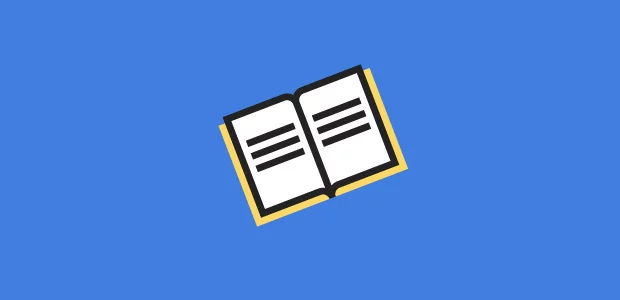
Having access to a lot of information allows students and teachers at the same time to act in accordance. Working online not only offers an improvement based on facts, but it also allows you to compare your work with other similar ones. Improving your writing skills will come with time, as well as remodeling your vocabulary.
35. Support
Including digital technologies in order to support the learning process will improve the effectiveness of the learning process. Also, the recall will enhance dramatically due to the approach of making students involved and adapt materials for their learning preferences.
36. Visual appeal
It’s been proved that visual learning is extremely effective due to its impact on recall memory. Most people respond extremely well to the visual appeal. Our whole lives are related to responding in accordance to certain visual stimulus. It just makes learning seem more fun and personalized.
37. Digital cohesion
The era of digital division is long gone now. Most people have access to technology at home. Moreover, the number of smartphones has increased significantly over the past years. This means that digital materials are now just a share away. Having access to information is easier than ever.
38. SAMR
Ruben Puentedura developed a model used for the implementation of the technology in the classroom, called SAMR. This concept shows the phases of mixing technology with learning, per say: substitution, augmentation, modification and redefinition. This model can be adapted to your learning process over and over again.
39. Life aspects
Integrated learning technology can help students prepare for further life experiences. Starting from college to internships and jobs, they will all require working on presentations and working with technology. Moreover, living in a technology driven time, using it for something lucrative and educational can turn students into integrated and successful citizens that will perform better in their careers.
40. Variety
Adding flipbook to your classes will definitely be a great way to add diversity to your materials. No class will be the same because you can have different approaches to your learning technique. This unpredictability will keep up the level of interest and help you step up your game of activity.
41. Other skills
Working with flipbooks will help improve other skills. Creativity, time management, organizational skills, strategizing, planning, imagination, constant improvement and assimilation and much more. These abilities will later help individuals integrate into the society and perform better in any given domain or career.
42. Experiment

You don’t have to introduce technology all of the sudden and switch completely your methods of teaching. Talk to fellow teachers and see how they introduced technology to their classes and experiment. See what works best for you, your subject of work and your students. Look at how they respond to different approaches and keep experimenting until you take full advantage of technology.
43. Active learning
Being involved in the process of learning, collecting materials, doing research, writing and giving feedback, turns the student into an active learner. This gives them a stronger feeling of commitment because the information is not just coming from a given material, but they are actually part of the creation of it.
44. Equality
This type of communication encourages students to participate equally in the discussion. Also, anybody can publish digital materials and make a statement for themselves. No matter what age, sex, gender or education they have, each one has a right to express themselves.
45. Shape
Personalization is key in adapting learning materials and subjects. For instance, you may enjoy learning by practice a lot better, while others like to dig in for more information. Whatever the case is, digital materials allow you to optimize materials in order to fit perfectly your own way of assimilating information.
46. Independence
Technology gives teachers a free hand in choosing their way of teaching. According to a study conducted by PBS LearningMedia, a majority of 69% of teachers admit that digital materials allow them to do much more than before, giving them the right tools to work more independently and self-determined.
47. Focused attention
Think about it. If you ask your students to keep taking notes while you teach, most of their attention will be focused on writing everything down rather than trying to understand what you are telling them. Of course, people can focus on multiple things at a time, but it’s more effective if they center their attention on one thing at a time. Try making them pay attention to your lesson, and later send them the digital material on email, and see what the results are.
48. Easy monitoring
Keeping track of all your communication with students and other fellow teachers will become much easier. You can give feedback, review and see updated versions of flipbooks in an instant.
49. Routine
Routine can be a major drawback of outdated teaching techniques, but you won’t have to worry about that if you go for a digital approach. Every material is different, as well as every time you start a flipbook you can learn new ways of using it and making it more fun.
50. Eco-friendly

This is an obvious one. Not printing or writing down your materials, as well as stocking them online will make you a better friend with nature. You are actively participating in saving the environment without even realizing it. And let’s face it, how much of the paper you used to use was ending in the trash? See my point? Go for digital!
And there are plenty more to go. The digital world is slowly leaving its mark upon the education field. While the signs of it spreading are all around you, the Cambridge Institute has developed a Teaching with Digital Technologies Syllabus in order to stimulate and encourage professors to integrate it in their methods. If you are still reticent about the add of technology in learning, think about it as a step forward towards evolution. You don’t want to sabotage yourself by not keeping up with the world, do you? Flipsnack’s the fastest flipbook maker on the market and can help you turn all your learning materials into awesome interactive materials. I guess all that’s left to say here is happy digital teaching, everybody!
FAQ
Here are some common questions regarding the use of flipbooks in education:
Flipbooks can be integrated with learning management systems (LMS) like Google Classroom or Moodle by embedding them directly into the course content or through links. This allows educators to include interactive flipbooks as part of their digital resources, making them accessible within the framework of the LMS where students are already managing their coursework and communications.
Accessibility features in Flipsnack include compatibility with screen reader compatibility, keyboard navigation, text resizing, and contrast for better visibility. These features help make flipbooks accessible to students with visual impairments, learning disabilities, and other accessibility needs, ensuring all students can engage with the content effectively. Check out our VPAT for more details.
Yes, some plans allow educators to track individual student progress within digital flipbooks. This can include monitoring how much of the flipbook they have accessed, time spent on average, and interactions with specific elements. This tracking helps teachers understand student engagement and efficacy of the material, which is crucial for adapting teaching strategies to meet learners’ needs.
